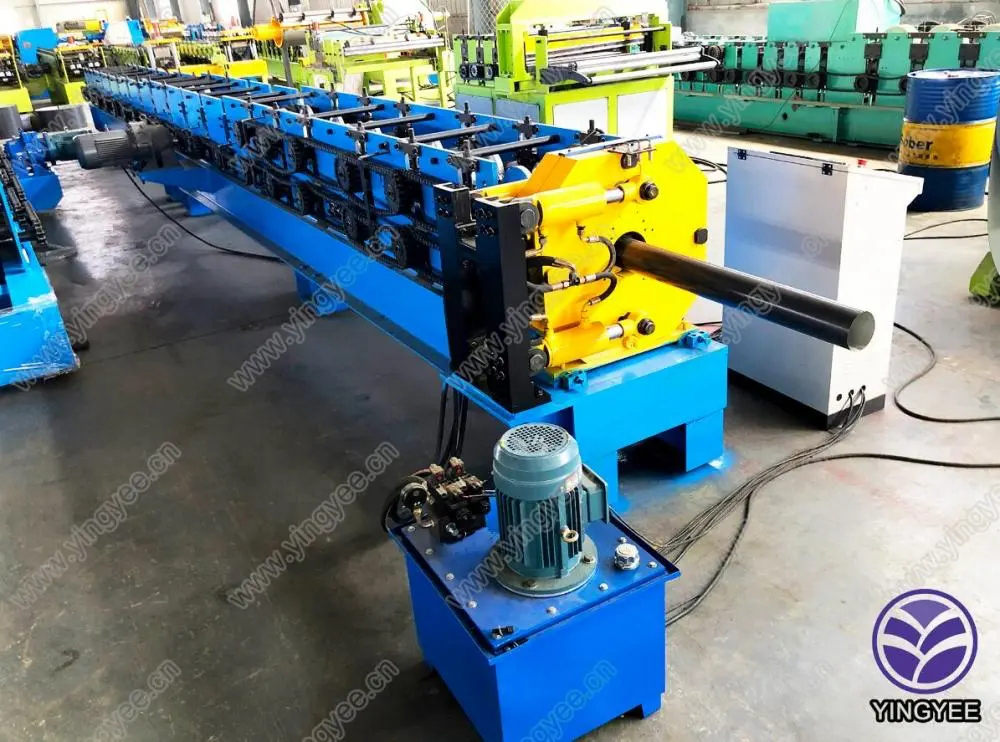
Understanding Sandwich Wall Panel Equipment A Comprehensive Overview
In the construction industry, efficiency, sustainability, and innovation are paramount. One of the leading technological advancements in this domain is the development of sandwich wall panels, which have revolutionized the way structures are built and insulated. This article delves into the essential aspects of sandwich wall panel equipment, its benefits, and why it is becoming a popular choice in modern construction.
What Are Sandwich Wall Panels?
Sandwich wall panels consist of three layers two outer layers typically made from materials like steel, aluminum, or reinforced concrete, and a core layer composed of insulating material such as expanded polystyrene (EPS), polyurethane, or mineral wool. This structural composition allows sandwich panels to provide excellent thermal insulation, soundproofing, and fire resistance while maintaining a lightweight structure suitable for various applications.
Advantages of Sandwich Wall Panels
1. Energy Efficiency One of the primary benefits of using sandwich wall panels is their exceptional thermal performance. The insulating core significantly reduces heat transfer, leading to lower energy consumption for heating and cooling. In an era where energy efficiency is crucial, these panels are a game changer for eco-friendly construction.
2. Cost-Effectiveness While the initial investment in sandwich wall panel equipment may be higher than traditional construction materials, the overall lifecycle costs are often lower. Reduced energy bills, faster construction times, and minimal maintenance lead to substantial long-term savings.
3. Speed of Installation The prefabricated nature of sandwich wall panels allows for rapid assembly on-site. Builders can complete projects in a fraction of the time it would take using traditional building methods, which minimizes labor costs and project timelines.
4. Design Flexibility Sandwich wall panels come in various colors, textures, and finishes, allowing architects and builders to achieve their desired aesthetic without compromising structural integrity. With the capability to be customized, these panels cater to a wide range of architectural styles.
5. Durability and Low Maintenance The materials used in fabricating sandwich panels are resistant to weather, moisture, and pests. This durability means that buildings constructed with these panels require less maintenance over time compared to traditional structures.

Sandwich Wall Panel Equipment
To produce sandwich wall panels, specialized equipment is necessary. The equipment typically includes
- Panel Production Line This includes machinery such as foaming machines for creating the insulation core, laminating equipment to bond the layers together, and cutting machines for customizing panel sizes.
- CNC Machines Computer Numerical Control (CNC) machines are used to achieve precise cuts and dimensions, ensuring that panels fit perfectly during installation.
- Quality Control Systems Advanced monitoring systems ensure that every batch of panels meets the necessary standards for insulation, structural integrity, and overall quality.
- Storage and Handling Equipment Proper storage and handling are essential to maintain the integrity of the panels. Equipment designed for stacking and transporting the finished products helps prevent damage before installation.
Conclusion
As the construction landscape evolves, sandwich wall panels integrated with specialized equipment offer a compelling solution for builders seeking efficiency, sustainability, and cost savings. Their ability to provide superior insulation and speed of installation cannot be overstated in a world where energy conservation and time management are increasingly critical.
Investment in sandwich wall panel equipment not only enhances productivity but also positions builders at the forefront of modern construction techniques. As more people become aware of the benefits these panels offer, it is likely that they will continue to gain traction in the industry, leading to a more sustainable future in building practices. In conclusion, embracing sandwich wall panel technology is a strategic move for any construction business aiming to innovate and satisfy the growing demands of the market.